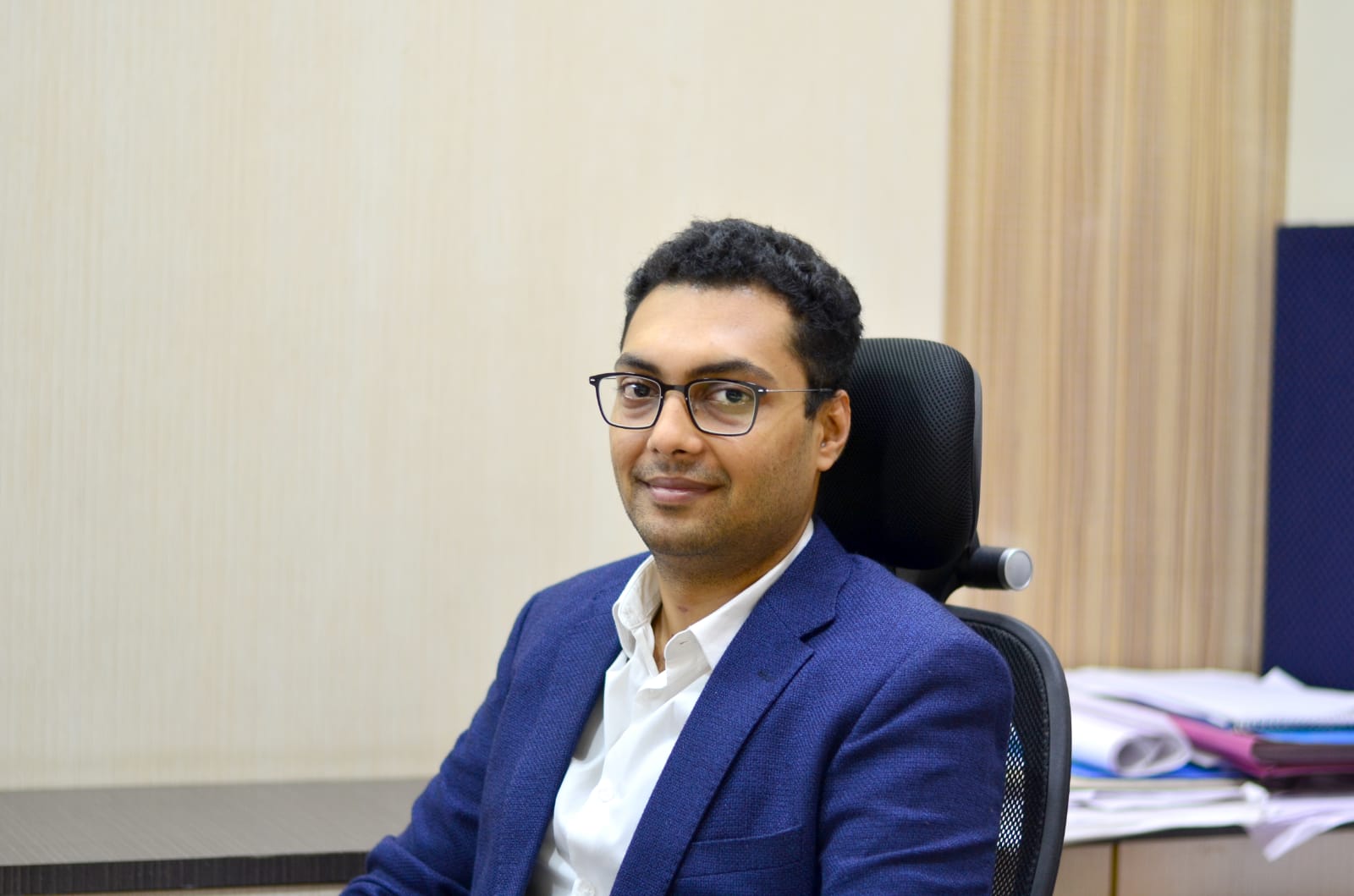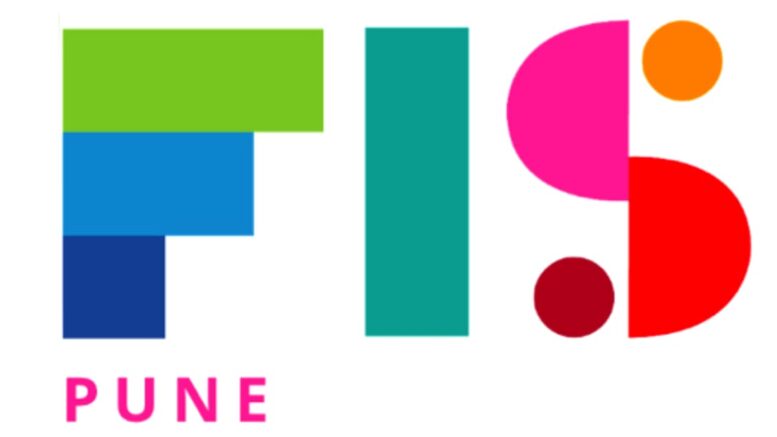
Mr. Shashank Goenka, MD, Goenka Global Education
NATIONAL, 6th APRIL, 2022 (GPN): “Every student is gifed with unique abilitess Our vision is to enable students to fulfill their intellectual and social potental in the futures Teaching has gone beyond classrooms and textbooks into the realm of virtual and augmented realitys.We believe in integratng the right pedagogy and tech to provide a progressive educatonal approach to our studentss Our aim is to nurture students to be responsible global citiens of the worlds”, Says- Shashank Goenka, MD, Goenka Global Educaton.GPN – Global Prime News in this interview captures the essence of Finland International School, Pune.The school is the first one to bring Finnish curriculum to India.
-
How is the Finland Curriculum and structure of teaching different from other learning modules and how is Finland International School, Pune going to make the curriculum locally relevant? Can you tell us the basic difference in the Finnish and Indian style of education?
Finland is popularly known as the ‘Happiest Country’ in the world. Moreover, it is also known for having the world’s best education system. The focus on education in Finland is on ‘learning by experience’. Finnish Curriculum is based on ‘phenomenon-based learning’. The goal of this learning module is to prepare learners to handle real-world problems in an active learning environment using various discovery methods. Finnish kids begin formal schooling at the age of 6, spending the next nine years in a single-structure system. There are no separate primary, secondary or higher secondary sections. For parents who are looking to start early schooling for their children, there is the concept of playschool similar to what we have as kindergarten in India. After basic education, children start their secondary education by choosing one or two branches of education that are general and vocational. Secondary education is for three years, after which students can enter the university. With these unconventional teaching methods, Finland has achieved a high score on the Programme for International Students Assessment (PISA), which is to determine the standard of education in the country. The first school in Pune will be a state-of-the-art school, where they aim at synergizing Finnish best practices with the Indian educational approaches. This will provide a global perspective to the education system, which will elevate the learning curve of the students. The students will receive dual matriculation certificates, from both the Finland Board as well as the Cambridge Board.
-
How is Finland International School – Pune going to amalgamate Indian students with the Finnish curriculum? How familiar are your school teachers with the curriculum and style of teaching for the Indian students?
Finland’s Education system truly believes that every student has the potential to create an impact in this world. Therefore, the curriculum is designed in a way to empower students to become the best version of them. The traditional rote-based learning, which largely focuses on memorizing the course content and attempting for examinations, has been replaced by the ‘application-based’ learning solution, wherein ‘learning by experience’ is encouraged for the growth and development of students. The Finnish Curriculum largely focuses on learning the basic skills through play and developing the character of the student in the early years. Their strategy includes teaching students to cope with change, communication and collaborations through games and other activities. With such initiatives, the concept of memorizing study material has been removed, as the key is to enhance the creative and analytical thinking ability of the students. Moreover, they focus on making the learning experience enjoyable, which positively adds value in the lives of each student.
The teaching faculty at the Finland International School Pune will have 70 percent Finnish Teachers and 30 percent Indian teachers. Indian teachers are learning the Finnish way of teaching and Finnish teachers are learning the Indian methods of teaching. With the amalgamation of both the educational styles, the school is focusing on building the best of both the worlds.For teachers to understand the common ground between both the educational systems,they are formally being trained to create a balance between the culture and educational styles. The essence of Indian education is being enhanced with the global perspective, which not only encourages students in their chosen field, but also builds a mindset of growth and evolution. Finnish teachers are highly trained, wherein they are required to obtain a mandatory master’s degree. Teachers have the autonomy to plan their own teaching and resourcing. The biggest difference from rote learning is the process – teachers are allowed to design individual courses and modules for the different types of learners.
The grading system in Finnish curriculum revolves around the individual performance of the students. Each student is graded based on their individual progress and learning abilities. The curriculum has no mandated standardized tests, apart from the one exam at the end of students’ senior year in high school. There are no rankings, no comparisons or competition between students, schools or regions. This ensures that students are graded based on their unique path and individual capabilities.
-
How accepting have Indian students and parents been to the Finnish curriculum? What are typically the reasons why parents are choosing Finnish education?
Indian parents and students have been very accepting and interested in the Finnish Curriculum. Indian children and their parents have been nurtured on homework, drill, private tuition, practice tests and examinations. However, new age parents are understanding the importance of mindset development for their children, wherein the child should be allowed to seek answers instead of mugging up the course content. The textbook way of learning employed in schools, limits the child’s ability to think, question and reflect upon what they have learnt. A textbook provides answers to questions, which the students usually memorize for the examinations without understanding the study material in depth. On the other hand, phenomenon-based teaching enables a child to think, question and ponder, thus helping them apply the knowledge they have acquired, wherever necessary.
In the current times, parents want their children to evolve and grow holistically. They understand the importance of developing the mindset among their children, wherein they can handle real life issues with ease. Parents are looking for an educational system, which will enhance the overall personality of their children. ‘Phenomenon-based learning’ provides that system, wherein students initiate the learning process by asking questions about various global issues and other areas of interest. Unlike rote learning, where learning is superficial, this method makes learning deeper and more natural.
-
How are you fighting the mindset of parents that obsesses over scoring top marks in exams? How is Finland International School – Pune contributing to the mindset shift?
Rote learning largely focuses on memorizing course content, appearing for examinations and scoring top marks in a fairly competitive educational system. Ranks and grades were the measure of intelligence and capability of students. However, with the change in the educational system, students are encouraged to follow their personalized learning path through a dynamic system. The focus is on encouraging the strengths and supporting the challenges of students. The change in the educational system has proved beneficial as parents are supporting the new trend. They are focusing on the overall development of students. However, for parents who are still focusing on grades and ranks, we do provide assistance in helping them get a 360-degree viewpoint on the importance of holistic development. Awareness is the key – which has proved beneficial in changing the mindset of parents. Parents understand that learning is personalized for each student as they are all considered unique in their own way. Students are empowered by allowing them to carve their own way and explore their areas of interest in the most efficient and productive manner. For the major part, students are not burdened with homework or other outside work as most of the curriculum is covered during school hours in a productive manner. The time away from school is utilized in enhancing the skills and interest areas to improve the overall performance of the students. The Finnish curriculum is focused on critical thinking and problem solving, project-based learning, and learning to learn. There is a lot of collaboration in the classroom, which helps students to develop a habit of working in teams. With these changes, parents are supporting the way education is imparted in the current times.
-
The National education policy 2020 focuses on Finnish way of learning, what’s your take on the same?
In India, the National Education Policy was framed in 1986 and modified in 1992. After more than three decades, the Government of India, under the leadership of Prime Minister Narendra Modi and HRD Minister Shri Ramesh Pokhriyal, has taken revolutionary steps in the education sector with a holistic, flexible, and multidisciplinary approach to match the world standards. The policy gives discretion to students by offering multi-disciplinary programs with flexible curriculum, creative combinations of subjects, integration of vocational education and multiple entry and exit points with appropriate certification. It offers discretion to teachers while challenging them to innovate new methods of teaching using experiential learning rather than obsolete methodologies. There are no separations between arts and science, curricular and extra-curricular, vocational and academic streams. Students have the freedom to explore any subject they are interested in, which truly makes them happy and stems out of their passion. The whole idea is to love the process of learning. Similarly, in the Finnish curriculum the concept of ‘phenomenon-based learning’ was introduced to keep students engaged and involved in their studies by establishing a collaborative approach, where they are made to work in small groups. This way, they are able to solve problems in a constructive manner and improve their communication skills.
-
What is your overall vision for the education sector in India for the next 10 years? How do you think the approach is going to change?
The Finnish curriculum is a complete revolution in the way students are raised. The methods, ideologies and processes are indeed an inspiration on the global front. Finland International School’s vision is to build a culture of excellence by empowering students with a holistic education, life skills, and values that enable them to become global citizens. In the coming decade, we will see more schools adopting the ‘phenomenon based learning’. Moreover, the mindset of parents is shifting as the focus is not only on academic excellence, but also on the holistic development of the new generation. With the rapidly changing world, academic skills need to be enhanced with strong mindset and personality skills. Our students will be equipped with the competencies to apply the knowledge they learn at school in all walks of life. The coming decade is promising as students will be responsible, competent and empathetic towards themselves and the world. Our students will carve the way for India’s future of becoming a ‘Happy Country’ as well.ENDS


Be the first to comment on "GPN in an exclusive interview with Mr. Shashank Goenka, MD Goenka Global Education on Finland International School,Pune"